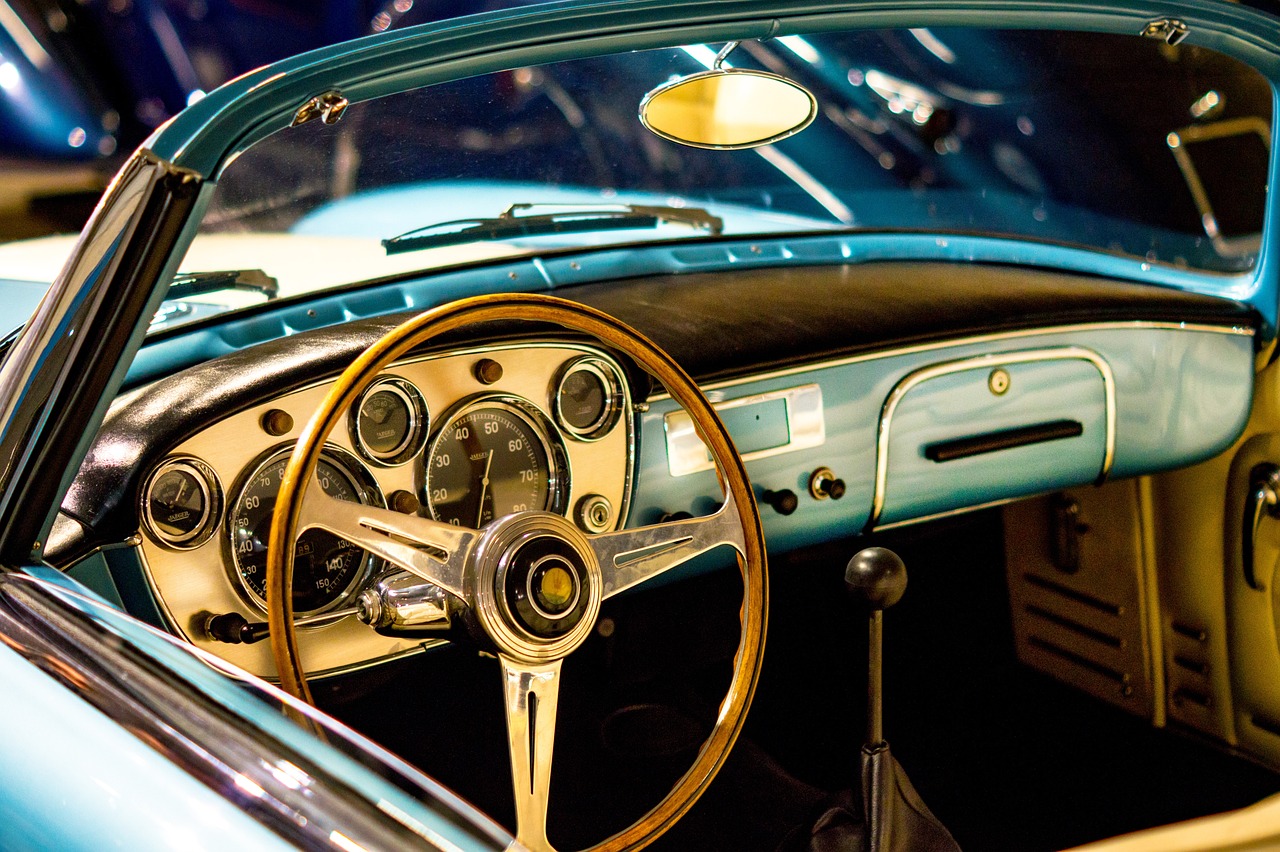Unlock the Thrilling World of Tuner Culture!
Welcome to the exciting world of tuner culture! In this comprehensive article, we will delve into the depths of this thriving automotive subculture, exploring its origins, key components, and the passionate individuals who drive it forward. From modified cars to aftermarket parts and everything in between, we will uncover the fascinating aspects that make tuner culture a unique and vibrant community.
Tuner Culture: Embracing Individuality and Performance
Tuner culture, also known as the import car scene, is a vibrant automotive subculture focused on the modification and enhancement of vehicles. Enthusiasts within this community strive to improve the performance, aesthetics, and overall driving experience of their cars. It is a culture that celebrates individuality, self-expression and a deep passion for automotive excellence.
History of Tuner Culture
Tuner culture has its roots in the late 1960s and early 1970s, when Japanese automakers began exporting their vehicles to the United States. These cars, such as the Toyota 2000GT and Datsun 240Z, captured the attention of car enthusiasts with their sleek designs and impressive performance capabilities. As a result, a burgeoning interest in modifying these vehicles for improved performance and personalization emerged.
The Rise of Japanese Imports
During the 1980s and 1990s, Japanese imports gained significant popularity among car enthusiasts worldwide. Vehicles like the Honda Civic, Acura Integra, and Nissan Skyline became the canvas for tuners to showcase their creativity and engineering skills. These cars offered a solid foundation for modifications due to their lightweight construction, robust engines, and affordability.
The Components of Tuner Culture
1. Performance Modifications
One of the core aspects of tuner culture revolves around enhancing a vehicle’s performance. This can involve modifications such as engine upgrades, turbocharging or supercharging, intake, and exhaust system enhancements, and suspension modifications. These changes aim to maximize horsepower, torque, and overall handling capabilities.
2. Aesthetics and Body Kits
Tuner enthusiasts often focus on enhancing the visual appeal of their vehicles. Body kits, spoilers, custom paint jobs, and aftermarket wheels are just a few of the modifications employed to make a car stand out from the crowd. The goal is to create a unique and eye-catching design that reflects the owner’s personality and style.
3. Audio and Multimedia Systems
Another prominent aspect of tuner culture is the integration of advanced audio and multimedia systems. Enthusiasts take great pride in equipping their vehicles with cutting-edge sound systems, high-definition displays, and even in-car entertainment solutions. This allows them to enjoy their favorite music and multimedia content while cruising in style.
4. Community and Events
Tuner culture is not just about modifying cars; it is also a tight-knit community of like-minded individuals. Car meets, shows, and races serve as opportunities for enthusiasts to showcase their vehicles, exchange knowledge, and foster camaraderie. These events often attract thousands of attendees, making them a vibrant and exhilarating experience.
The Impact of Tuner Culture
Tuner culture has had a profound impact on the automotive industry as a whole. It has driven innovation, inspired manufacturers to create performance-oriented models, and encouraged the development of a robust aftermarket parts industry. Furthermore, the creativity and technical expertise displayed by tuners have pushed the boundaries of automotive engineering, resulting in advancements that benefit all car enthusiasts.
FAQs about Tuner Culture
FAQ 1: What is the origin of tuner culture?
Tuner culture originated in the late 1960s and early 1970s when Japanese automakers began exporting their vehicles to the United States.
FAQ 2: What are some popular tuner cars?
Popular tuner cars include the Honda Civic, Subaru WRX, Mitsubishi Lancer Evolution, and Nissan 240SX, among others.
FAQ 3: Are modifications legal?
Modifications must comply with local laws and regulations. It is essential to research and understand the legal requirements before making any modifications to a vehicle.
FAQ 4: How can I get involved in tuner culture?
To get involved in tuner culture, attend local car meets, join online communities and forums, and connect with fellow enthusiasts who share your passion.
FAQ 5: Are there any risks involved in modifying cars?
Modifying cars can have risks if not done properly. It is crucial to consult experienced professionals, follow best practices, and prioritize safety when making modifications.
FAQ 6: How much does it cost to modify a car?
The cost of modifying a car can vary widely depending on the extent of modifications and the specific parts used. It is advisable to set a budget and plan accordingly to ensure a successful project.
Conclusion
Tuner culture continues to evolve and thrive as a dynamic subculture within the automotive world. With its emphasis on performance, aesthetics, and community, it captivates the hearts of enthusiasts across the globe. Whether you’re a seasoned tuner or an aspiring enthusiast, embracing this culture opens up a world of endless possibilities to unleash your creativity and passion for cars.
